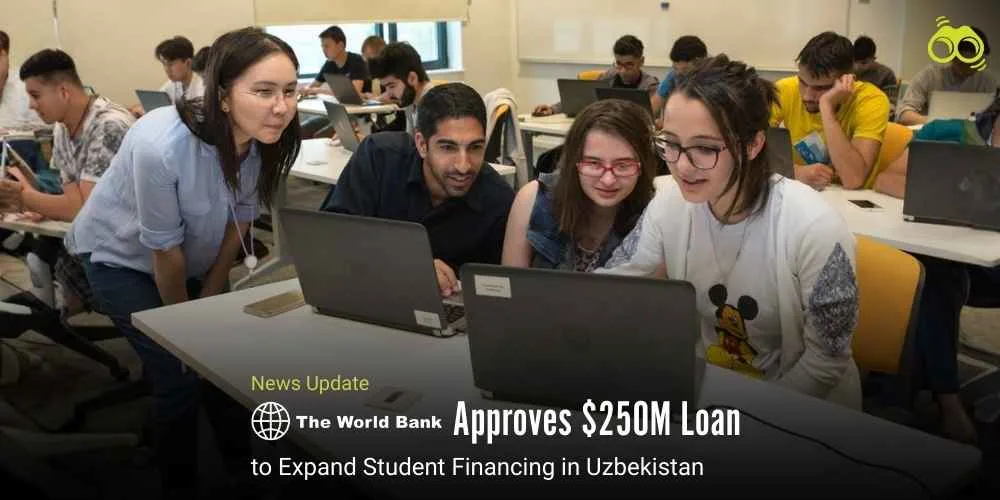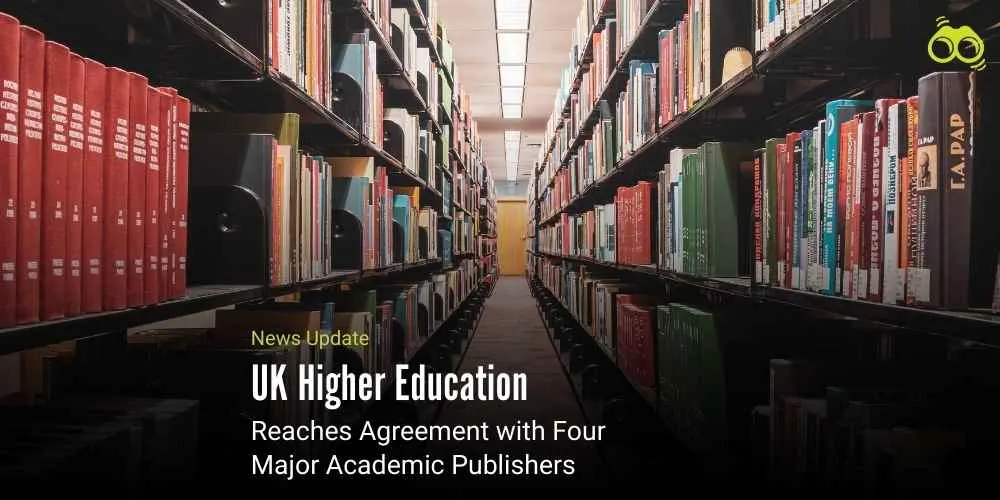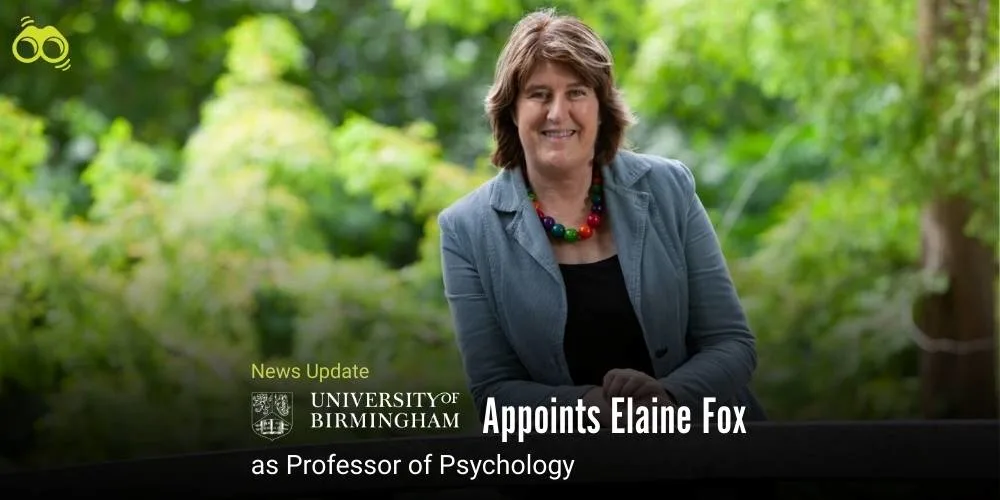How the UAE’s Integrated Education Strategy Shapes Future Generations
UAE Education System Recognised in UN SDG 2025 Index
The UAE's progress in education is once again evident, as demonstrated by Dubai. According to officials, the nation ranked first in the world for youth literacy, with 99.6% of those between the ages of 15 and 24 being literate. In developing nations, the age group reflects the percentages established by the UN. It demonstrates how seriously the UAE has taken the creation of a knowledge base for sustainable development.
The accomplishment was acknowledged in the UN Sustainable Development Goals (SDG) 2025 Index, included in the Unified UAE Numbers Report, and presented at the UAE Government Annual Meetings in 2025. According to commentators, this is mostly because of the ongoing direct investments in education and the ongoing enhancement of the UAE educational system. In achieving this mark of literacy, Dubai and the rest of the UAE show how targeted policies in education can earn recognition in the global arena.
The advancement is indeed in keeping with the vision of the country: aligning youth education within international standards while preparing the new generations to face the challenges of a knowledge-based economy. Additionally, this report indicated that by 2024, the average years of schooling in the UAE reached 13.36 years. This was possible through the UAE education system, which keeps on strengthening curricula and academic programmes.
From this, the findings show that education remains central to the long-term vision of the country's development and a key engine driving the shift toward a knowledge-based economy. It is modernising education to ensure it meets international standards while equipping the coming generations with the skills required for employment in the future. Thus, youth education for the country goes beyond literacy but preparing students for global competitiveness. Comprehensive education strategy for the UAE, including solidifying primary and end schooling, creating effective learning environments, and advancing higher education in the UAE. Universities have become houses of excellence in scholarship and science, with their doors opening to distinguished scholars and researchers from around the world.
This clearly demonstrates how education and higher education in the UAE work together to strengthen the overall ranking of the UAE among the global set. Students are also ready for future challenges through their innovative programmes that will meet the future demands of the labour market. In this manner, the UAE continues to prove what makes it a global player in education. Contributions from both higher and secondary education in youth education outcomes further demonstrate the initiatives of the country.
Thus, it will be highlighted that the combined literacy and school attainment by the UAE reflects a deliberate strategy of combining solid fundamentals in primary and secondary education with advanced higher education and research. Such an integrated approach is forming a generation that is ready for the next challenges and reinforces the UAE's position as a regional and global leader in education and human capital development.
Editor's Note:
The United Arab Emirates has achieved a remarkable 99.6% literacy rate for its 15-to-24-year-old population, a truly extraordinary feat in global education. This significant accomplishment, acknowledged in the UN Sustainable Development Goals (SDG) 2025 Index, stems from years of sustained investment in the UAE's education systems. It is also a result of continuous curriculum evolution and a comprehensive strategy focused on aligning youth education with international benchmarks. This level has shown to Dubai and the overall UAE how targeted policies, solid governance, and well‑steered consistent funding transform literacy and prepare students for a knowledge economy. This development is important as it proves that literacy is beyond reading and writing; it is equipping future generations with skills for global competitiveness. The UAE has merged primary and secondary education with higher education in highly developed institutions in the UAE. The efforts cumulatively present a whole that elevates academic standards while preparing learners through workforce readiness. The tertiary institutions have evolved into hubs of research and innovation, attracting scholars from around the world and boosting the country's standing in international education rankings.
A stark contrast, India, while witnessing betterment over the years, still faces challenges. For now, figures show India to get a literacy rate of 77.7 per cent projected for the year 2025, but there are still differences between states. The reports have underlined the ailing areas of foundational learning, teacher training, and finance, while a lot of students are not good enough in terms of reading proficiency and upper secondary participation. These all stunted progress and keep the nation lagging behind and not moving toward global standard benchmarks in education. India, in that case, needs to fortify primary and secondary education and begin investing heavily in teacher training. Access must be equal in urban and rural settings. More digital infrastructure, inclusive policy‑making, and community engagement will help address some of these inequalities. At the same time, they will have to build their capacities in higher education and research to align students with future demand in the labour market.
Skoobuzz believes it shows that this success in literacy mostly lies in the ability to have integrated strategies, good fundamentals in schooling, top‑notch advanced higher education, and work related to research. For India, the same approaches with the needed structural advantages could speed up progress and also guarantee that young people are going to have the same opportunity to thrive in a global knowledge economy.
FAQs
Q1. How did the UAE achieve a 99.6% youth literacy rate?
Officials explained that the UAE’s success is the result of continuous investment in the UAE education system, curriculum reforms, and targeted policies that align youth education with international standards. The achievement was recognised in the UN Sustainable Development Goals (SDG) 2025 Index.
Q2. What makes the UAE a global leader in education?
The UAE has combined strong primary and secondary schooling with advanced higher education in the UAE. Its universities have become centres of excellence in scholarship and research, attracting global academics and reinforcing the country’s position in global education ranking.
Q3. How does the UAE’s education system compare internationally?
With an average of 13.36 years of schooling in 2024, the UAE has surpassed many developing nations. The literacy rate of 99.6% among youth aged 15–24 places the UAE first globally, showing how its integrated education strategy supports sustainable development and competitiveness.
Q4. What is the role of higher and secondary education in UAE’s literacy success?
The UAE’s comprehensive education strategy strengthens primary and secondary schooling while advancing higher education in the UAE. Together, these levels ensure solid foundations in literacy and prepare students for future labour market demands through innovative programmes.
Q5. Which UAE initiatives improved youth education outcomes?
Key initiatives include modernising curricula, investing in academic programmes, creating effective learning environments, and expanding research capacity in universities. These efforts have helped the UAE achieve global recognition in education and higher education in the UAE.
Q6. How does this achievement contrast with India’s education challenges?
While India’s literacy rate is projected to reach 77.7% by 2025, disparities remain across states. Reports highlight issues in foundational learning, teacher training, and financing. Many students struggle with reading proficiency and upper secondary participation, limiting progress toward global benchmarks.
Q7. What steps can India take to improve youth education outcomes?
Experts suggest strengthening primary and secondary education, investing in teacher training, expanding digital infrastructure, and ensuring equal access across rural and urban areas. Building capacity in higher education and research will also be crucial to prepare students for future labour market demands.














0 Comments (Please Login To Continue)